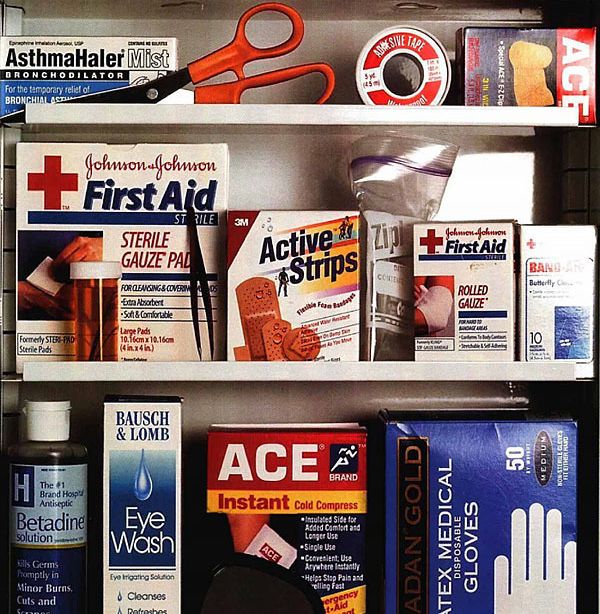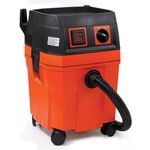Woodworkers’ First Aid
You plan to work safely. But do you have a plan if something goes wrong?
Synopsis: Alan Marco, M.D., explains what to do in the event of an accident so that you have a plan. Being prepared might save an eye or a lot of blood. First, he addresses minor cuts and abrasions, then serious injuries, giving separate attention to lacerations and amputations. He explains eye injuries, dealing with fumes and dust, and knowing what to expect in an emergency room. The article also includes what a first-aid kit should contain and an at-a-glance list of what you should do for various injuries.
Woodworking is inherently dangerous. It says so right in the beginning of this magazine. It’s the sort of thing everyone knows. I could begin with the story of John Woodough who loses a finger on a tablesaw, but that won’t tell you anything you don’t already know. What I want to tell you is what to do in the event of an accident: those cases when you can take care of yourself at home and those times when you need to get to the hospital. Being prepared might save an eye, a finger or a whole lot of blood. And knowing what to do immediately after an accident can help those in the emergency room put you back together.
Minor cuts and abrasions
Cleanliness is a relative term. A clean woodshop is still a veritable petri dish of germs and dirt. Barring a serious laceration or amputation, you have to clean any bleeding injury with soap and water to ward off possible infection. Inspect your wound for foreign bodies. If it didn’t grow in you, it’s a foreign body: bits of wood, grit, metal. Remove them by flushing with water. For deeply imbedded grit, you may need to grit your teeth and use a scrub brush. Avoid alcohol or peroxide because both may cause more tissue irritation. To kill germs, it’s better to use a providone-iodine solution, available under many different brand names, such as Betadine. Soap and water works too. Apply an antibiotic ointment to the wound if desired. If bleeding persists, apply pressure to the affected site with a clean gauze pad. When the bleeding stops, cover the small cut or abrasion with a dry, sterile bandage for two to three days.
Check the wound periodically for renewed bleeding or signs of infection, such as increased pain, swelling or redness. Minor swelling and redness is normal in the first day or two. Also watch for red streaks going up your arm or leg or pus drainage. If these occur, you should have the injury evaluated by your doctor. If you have a serious medical condition such as diabetes, which can interfere with healing, you may want to have the wound checked by your doctor. Also, if your last tetanus vaccination was more than 10 years ago, get a booster shot at your next checkup.
For serious injuries: Don’t panic
Pain is your body’s way of telling you something is wrong. And, fortunately, the body’s immediate reaction to pain—roughly the amount of time between flipping a light switch and the light going on—is to remove itself from the offending situation.
The majority of woodworking injuries happen to the hands.
From Fine Woodworking #131
For the full article, download the PDF below:
Fine Woodworking Recommended Products

Fein Turbo II HEPA Wet/Dry Dust Extractor

Rockler Dust Right 650 CFM

Shop Fox W1826






















Log in or create an account to post a comment.
Sign up Log in